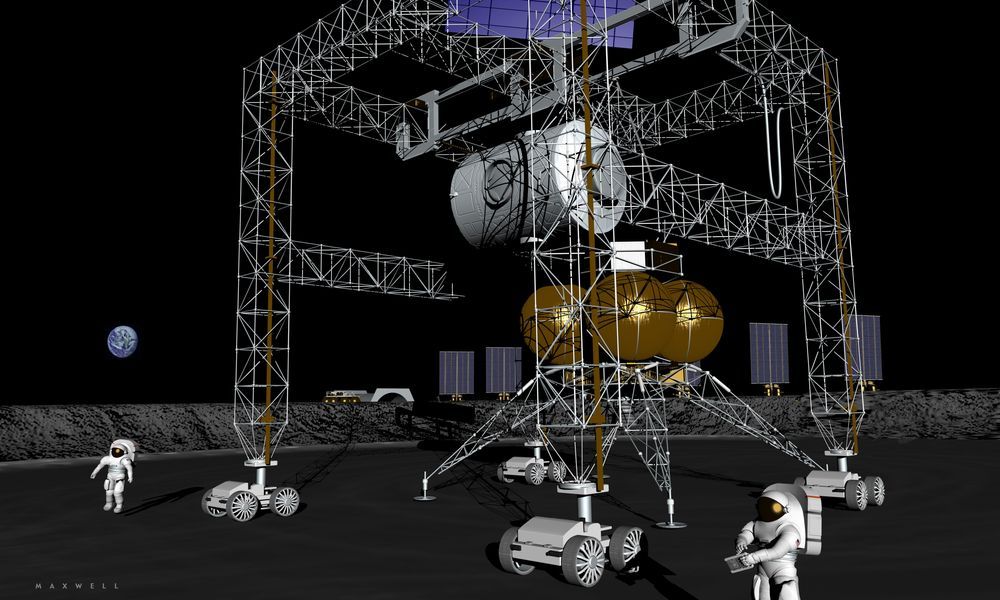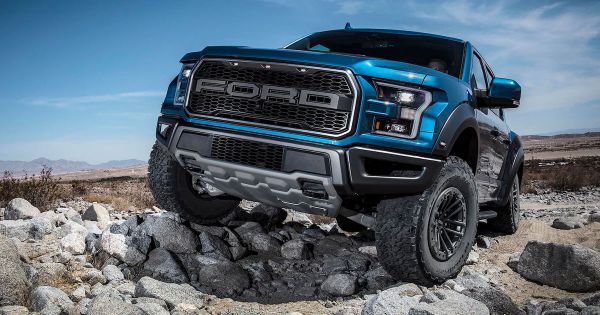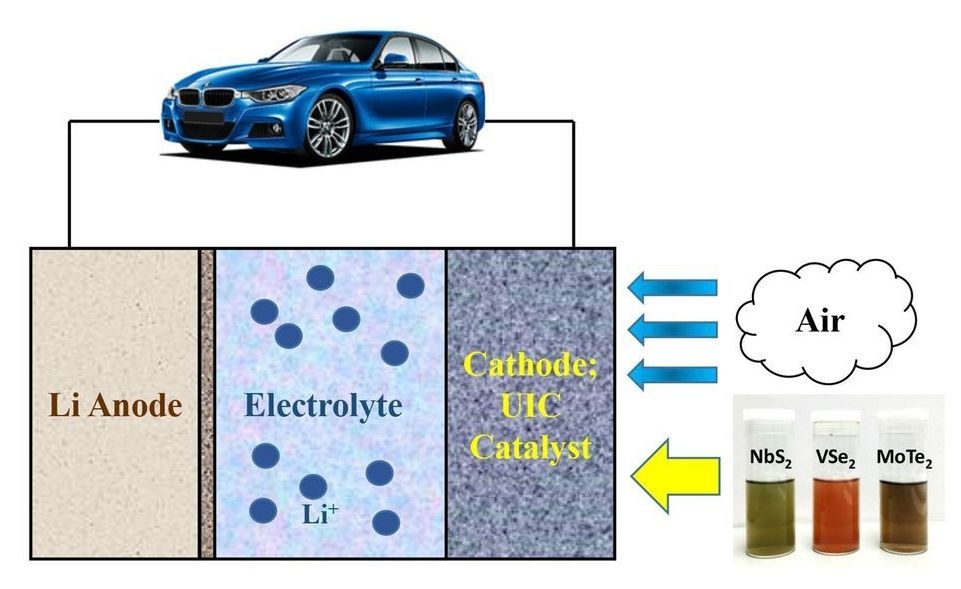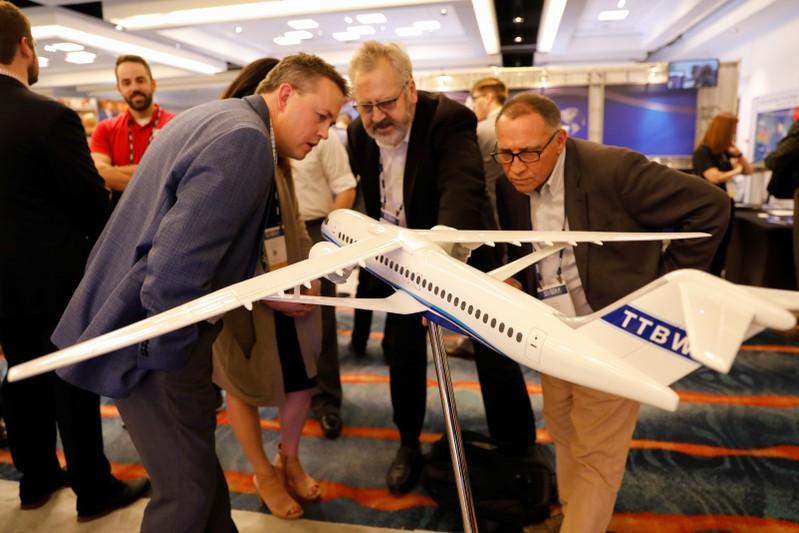Forget highway billboards… the future of ads might be floating in SPACE.
Category: transportation – Page 492

The Lunar Industrial Facility and Orbital Shipyards; How to Get There
A Lunar Industrial Facility (LIF). Yes, a Lunar Industrial Facility. Science fiction you might say. Impossible you retort. Too expensive even if it could be done might be your rejoinder. We don’t have the technology, could be another rhetorical dismissal. These are all responses those who do not live and breath this every day may have, but these are reactionary responses that do not reflect where we are in the closing years of the second decade of the twenty first century. In this missive, which is a companion to a space policy paper released Monday August 1, 2017, is written to show that indeed a lunar industrial facility is possible, we do have the technology, and no it will not be too expensive. Furthermore, it enables something that though it would seem to be science fiction, isn’t, which is a shipyard in lunar orbit for the construction of humanities first truly interplanetary space vehicles, as well as providing the materials for very large Earth orbiting space platforms for science and commerce.
Why do we need interplanetary vehicles? We have over 9.1 billion reasons, for that is the number of humans who will be on the Earth in 2050, only 33 years from now. The greatest fear is that with only a single planet’s resources, we cannot provide for this number in any reasonable manner. This underpins most of the rhetoric today regarding resource conservation and how to confront other global problems. This is a self defeating philosophy. Rather than rationing poverty, it should be our common goal to help create a world where all of our fellow planetary citizens can live in a society that continues to progress, materially as well as morally. Our science knows beyond any shadow of a doubt now that resources many orders of magnitude greater than what are available from the Earth, exist in the solar system around us.


SLS Liquid Hydrogen Tank Test Article Loaded into Test Stand
The structural test article for the liquid hydrogen tank, a component of the #NASASLS core stage, has been loaded into its new home, a test stand at NASA’s Marshall Space Flight Center in Huntsville, Alabama. The 149-foot piece of test hardware will go through rigorous testing simulating the stresses of liftoff and flight. MORE.
The largest piece of structural test hardware for America’s new deep space rocket, the Space Launch System, was loaded into Test Stand 4693 at NASA’s Marshall Space Flight Center in Huntsville, Alabama Jan. 14, 2019. The liquid hydrogen tank is part of the rocket’s core stage that is more than 200 feet tall with a diameter of 27.6 feet, and stores cryogenic liquid hydrogen and liquid oxygen that will feed the vehicle’s RS-25 engines. The liquid hydrogen tank test article is structurally identical to the flight version of the tank that will comprise two-thirds of the core stage and hold 537,000 gallons of supercooled liquid hydrogen at minus 423 degrees Fahrenheit. Dozens of hydraulic cylinders in the 215-foot-tall test stand will push and pull the tank, subjecting it to the same stresses and loads it will endure during liftoff and flight.
Image Credit: NASA/Tyler Martin
Editor: Jennifer Harbaugh
This Car Runs For 100 Years Without Refuelling – The Thorium Car
If you have a car that is powered by Thorium, you would never need to refuel it, because the vehicle would probably burn out long before the chemical did. The Thorium can last for so long, in fact, that it would probably outlive you.
60 Minutes On This Bicycle Can Power Your Home For Twenty-Four Hours
Wouldn’t it be great to power your home without having enormous costs to starting a journey on the alternative road? Now, you can achieve that and also take care of your figure! The founder of the Free Electric hybrid bike, Manoj Bhargava, says that his invention uses mechanical energy in the most basic way in order to transform an hour of exercise into supplying rural household with energy for 24 hours. The mechanism is simple: when you pedals, a flywheel is put in action, which turns the generator and thus charging a battery. What better motivation to work out from now on than to power your own home without any costs whatsoever? Watch the video featured to see the bike in action.
Nissan Reveals Invisible Tech for a Visible Future at CES
The future is just over the horizon and we’re accelerating towards it. And while the famous Dr. Emmett Brown from Back to the Future once said, “Where we’re going, we don’t need roads,” at this year’s Consumer Electronics Show (CES), Nissan revealed not only the future of road-based transportation but equally your future whip.
Driving in the future will not only be autonomous, but will also seamlessly integrate the virtual world into your physical domain using mixed reality, creating an all-around intelligent, connected, transportation ecosystem.
Watch BMW’s Self-Driving Motorcycle Go for a Spin at CES
The bike can now hug turns and deftly switch directions.


Boeing unveils refreshed jet concept with ultra-thin wings
SAN DIEGO (Reuters) — Boeing Co unveiled a speedier and higher-flying version of a concept plane on Tuesday aimed at sharply reducing fuel use thanks to its elongated ultra-light wings.
The so-called Transonic Truss-Braced Wing aircraft boasts a 170-foot (52 meter) wingspan that sits atop the fuselage and is braced from underneath by a truss in a design reminiscent of biplanes from the early years of aviation.
The world’s largest planemaker and U.S. space agency NASA have been studying the concept plane for nearly a decade as part of the Subsonic Ultra Green Aircraft Research program. Boeing unveiled a reconfigured model or prototype and artist’s rendering at an aerospace conference in San Diego.